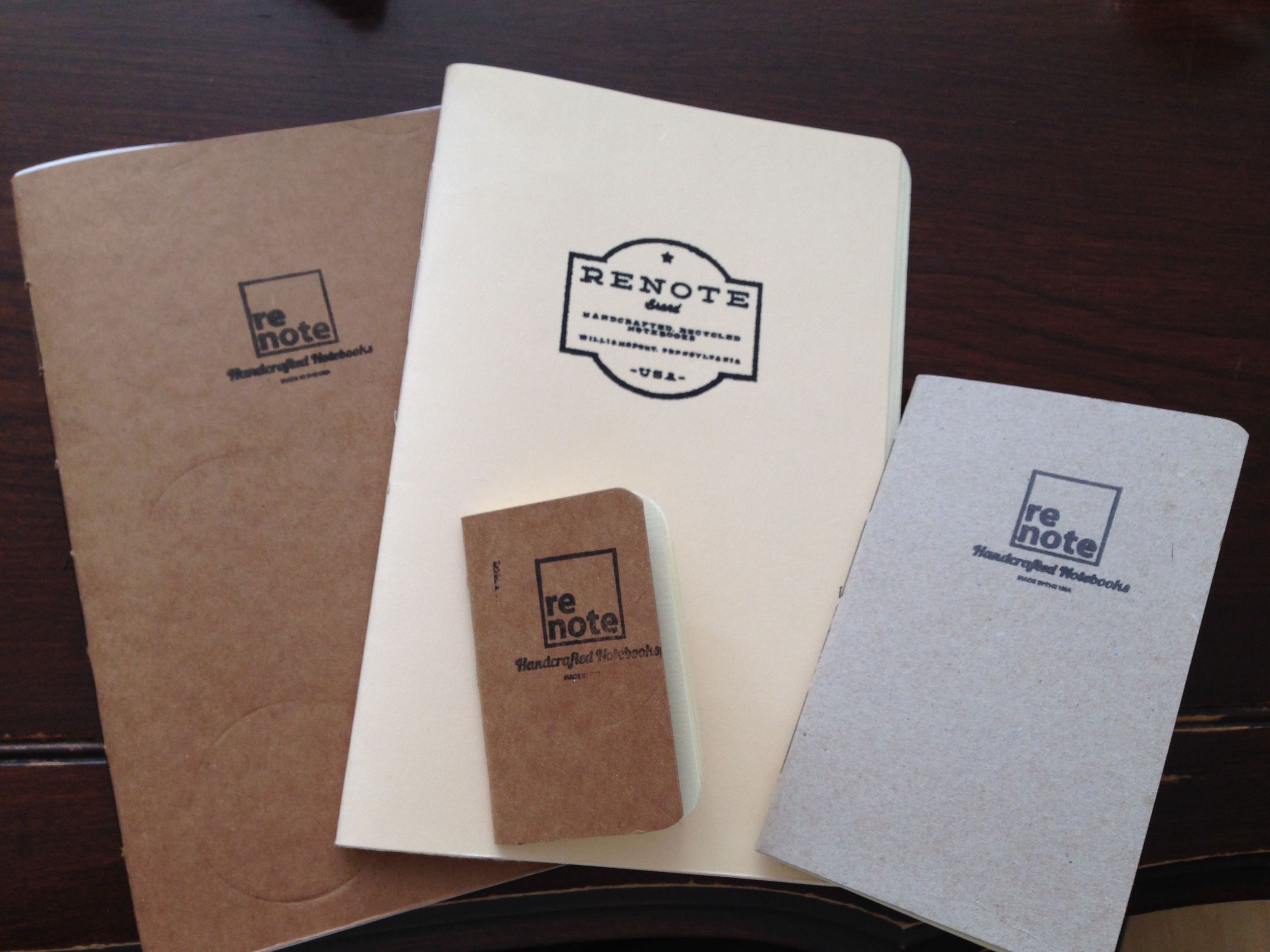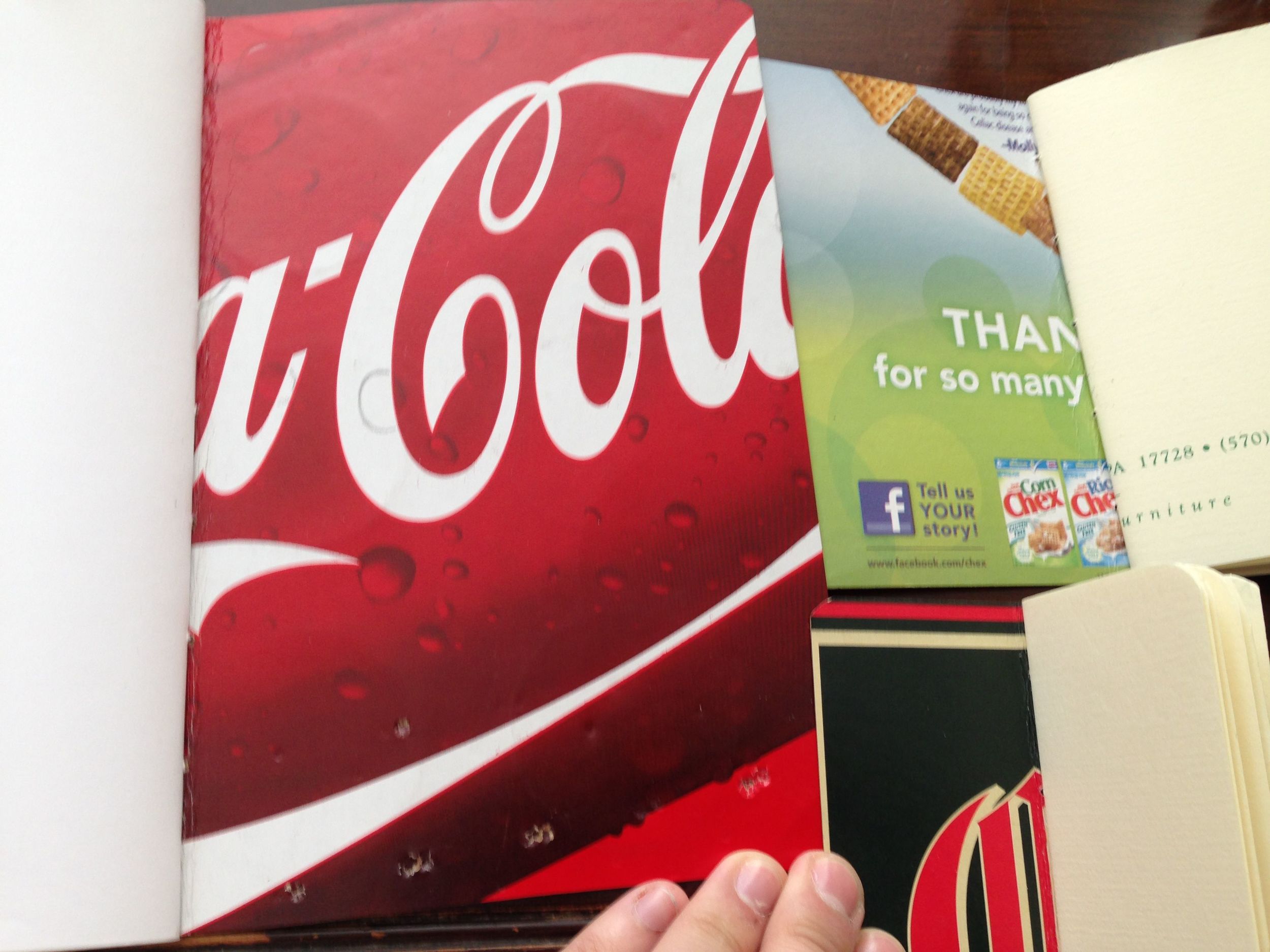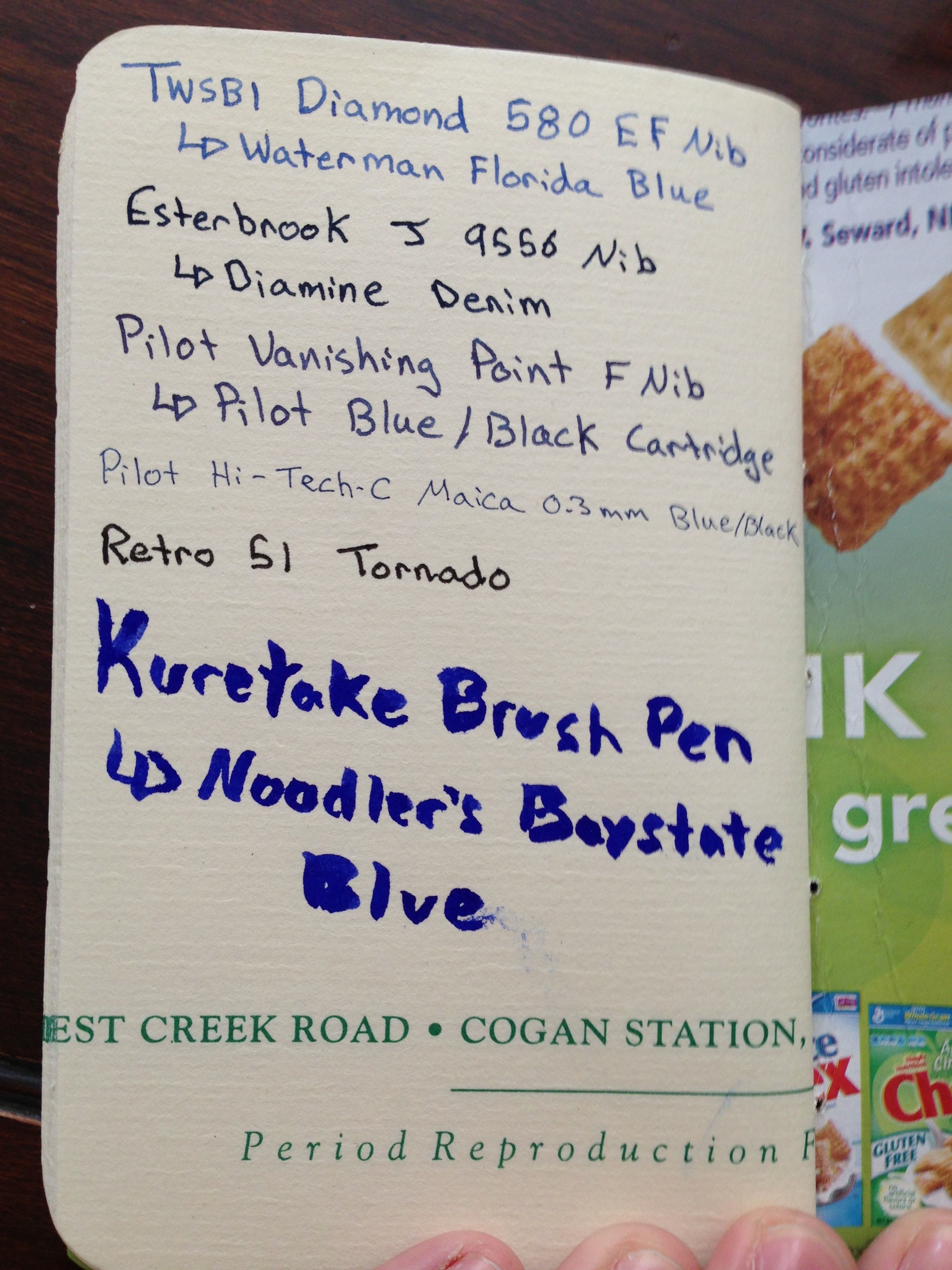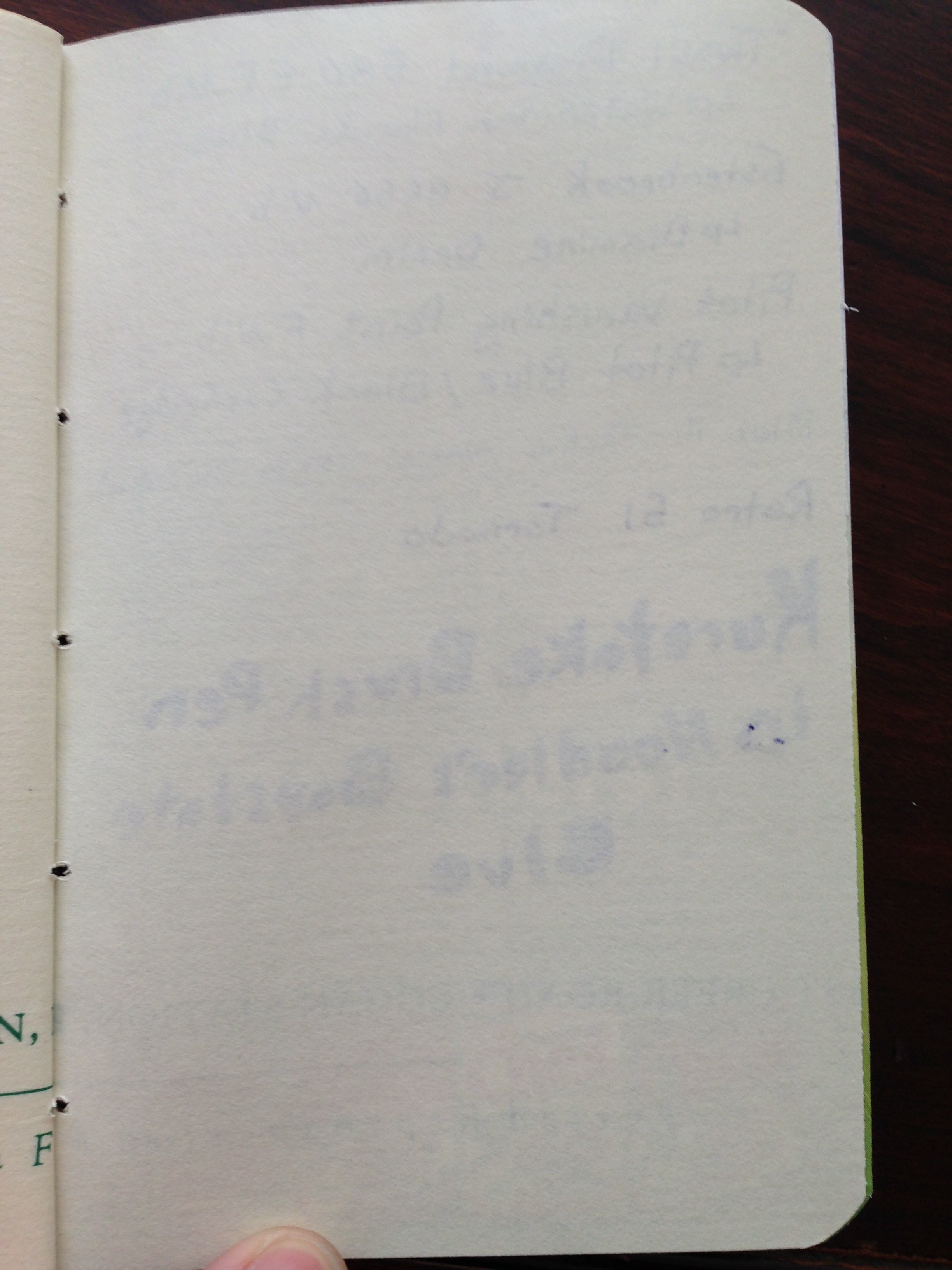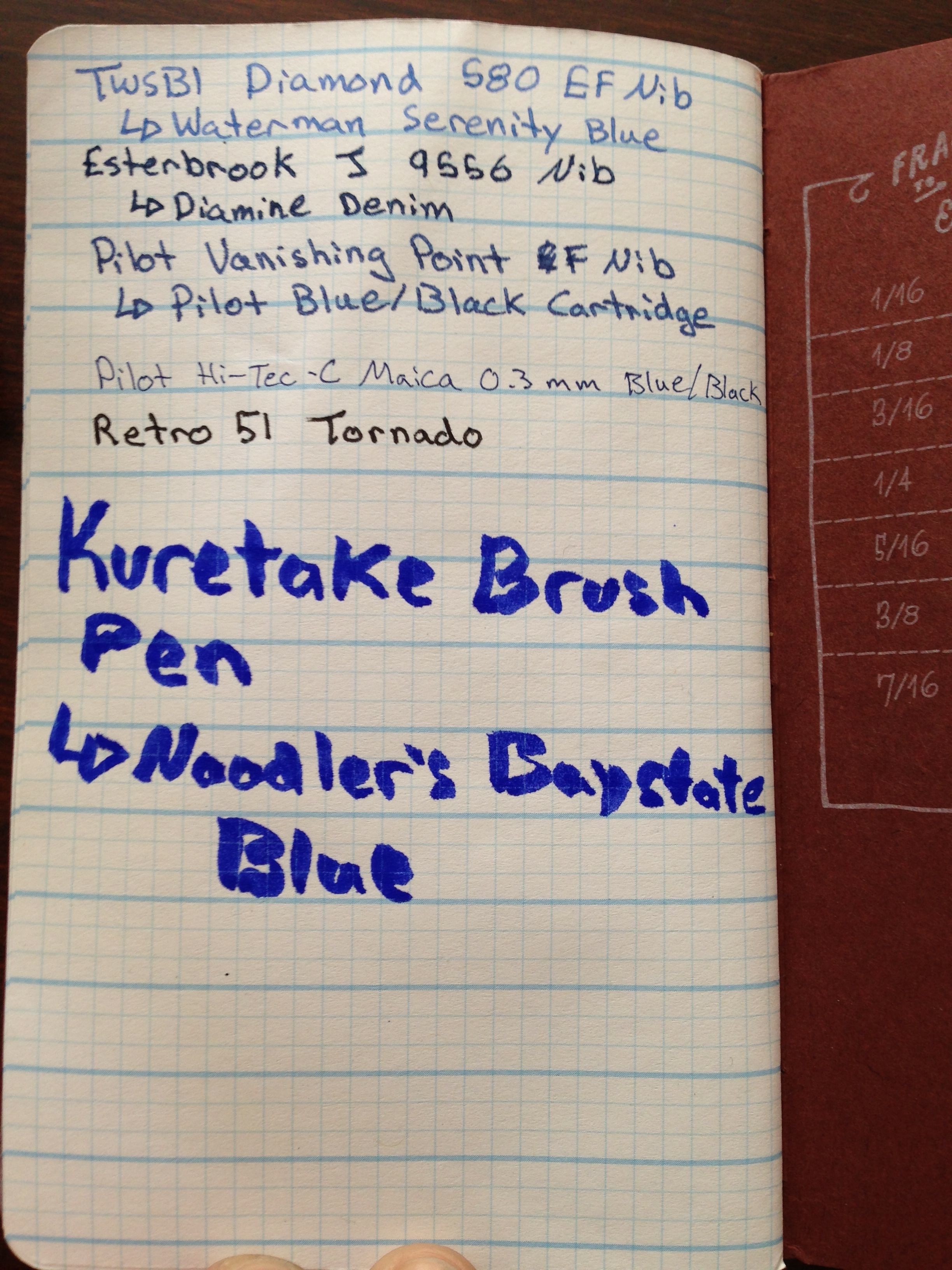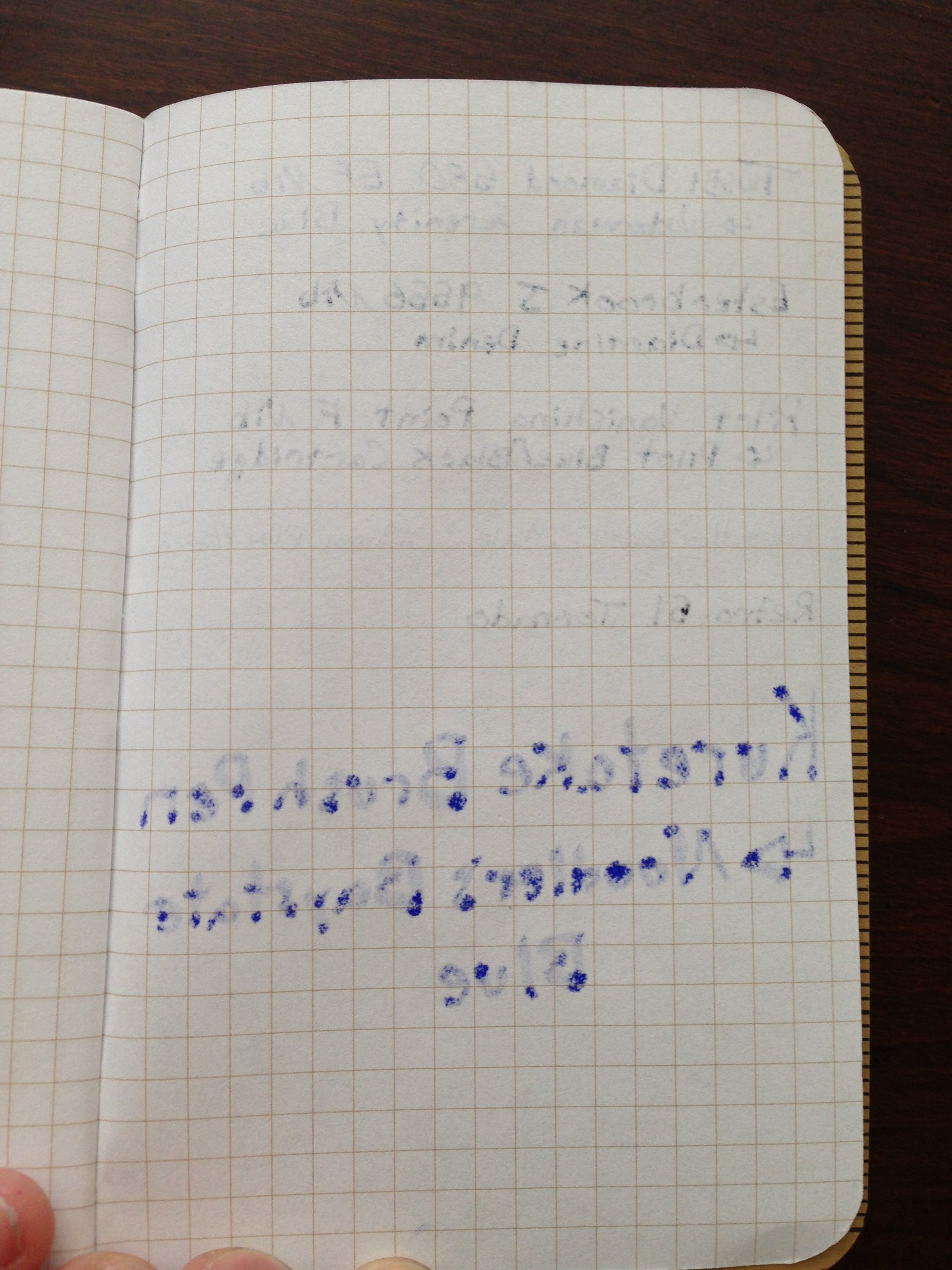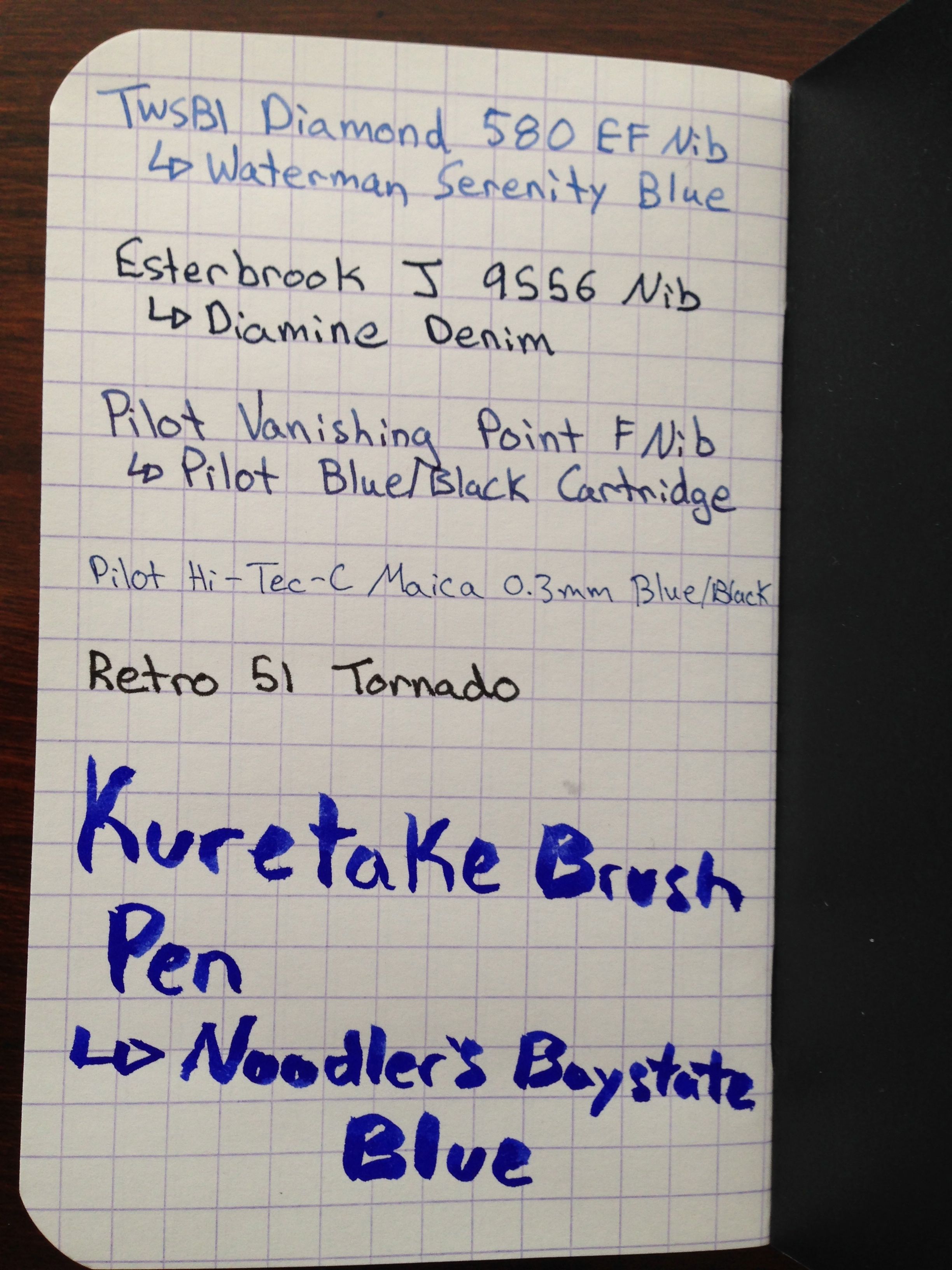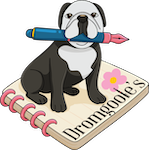Pens and paper can be an extremely satisfying obsession. The tools we use to write things down are available in so many unique forms that meet niche needs. Some of them are luxurious, while others are completely utilitarian. I love my tools, but when it comes to getting busy and planning out my days, I always come back to the Emergent Task Planner created by David Seah. Honestly, this planner has kept my cheese on my cracker more times than I care to admit. But while the planner is really good at solving the problem of scheduling my day, it also adds a bit of luxury that makes it delightful to use.
Before diving into the details about the quality of the pad, let me describe the basic purpose of this planner. First, write down the date. The idea is to use one sheet per day to keep everything straight and on task. Next, fill in the three important tasks that you need to focus on. You can write down up to 9, but the pad suggests against it in order to maintain focus. Next, there's a space to jot down the hours of the day, depending on when your day starts and ends. After that, start adding tasks, appointments, and other things that will happen during your day. There's a space in the lower right of the sheet for notes. That's it! It's an efficient way to plan out your day and respond quickly to changes during the day.
So what's so special about this pad? For one, the paper quality. The 75-page pad is printed on 80# paper, which handles most pens with ease, including fountain pens. It's not quite as smooth as Rhodia paper, but it doesn't disappoint either. I've used a wide variety of pens with this paper, and haven't found a bad match yet. It's fair to point out here that this pad is meant for small (ish) writing -- this isn't a tool that most people will want to use with a 1.5mm stub nib or a brush pen. The purpose of the pad calls for portability, speed, and versatility. Some days I use a gel pen, others I use a ballpoint. If I'm feeling fancy, I use a fountain pen. The EF and F nibs do best, while an M nib is a little too large for some of the fields. That's my only gripe, though. The quality of the paper doesn't disappoint. There is slight feathering with some nibs and inks, but no bleed-through. The feathering is difficult for me to notice, and this is a utilitarian pad, so it doesn't bother me. At the end of the day, the sheet is thrown in the trash.
This review is mostly focused on the quality of the paper, because I think it's exceptional for such an outstanding tool. It seems that most utilitarian paper products use cheap paper. I can't tell you if this method of planning is right for you, but I can tell you that it can stand up to most writing instruments you decide to throw at it.
You can download a free copy of the Emergent Task Planner sheet from David Seah's site to see if the format is right for you. If you decide you like it and become hooked (like me), I suggest buying some of the pads that David has made available on Amazon. The pad in this review is a standard 8.5 x 11" size. David also sells other versions of the Emergent Task Planner, such as a spiral bound notebook and a smaller 8.5 x 5.5" pad. David also has lots of other cool forms and tools that I recommend you check out.




